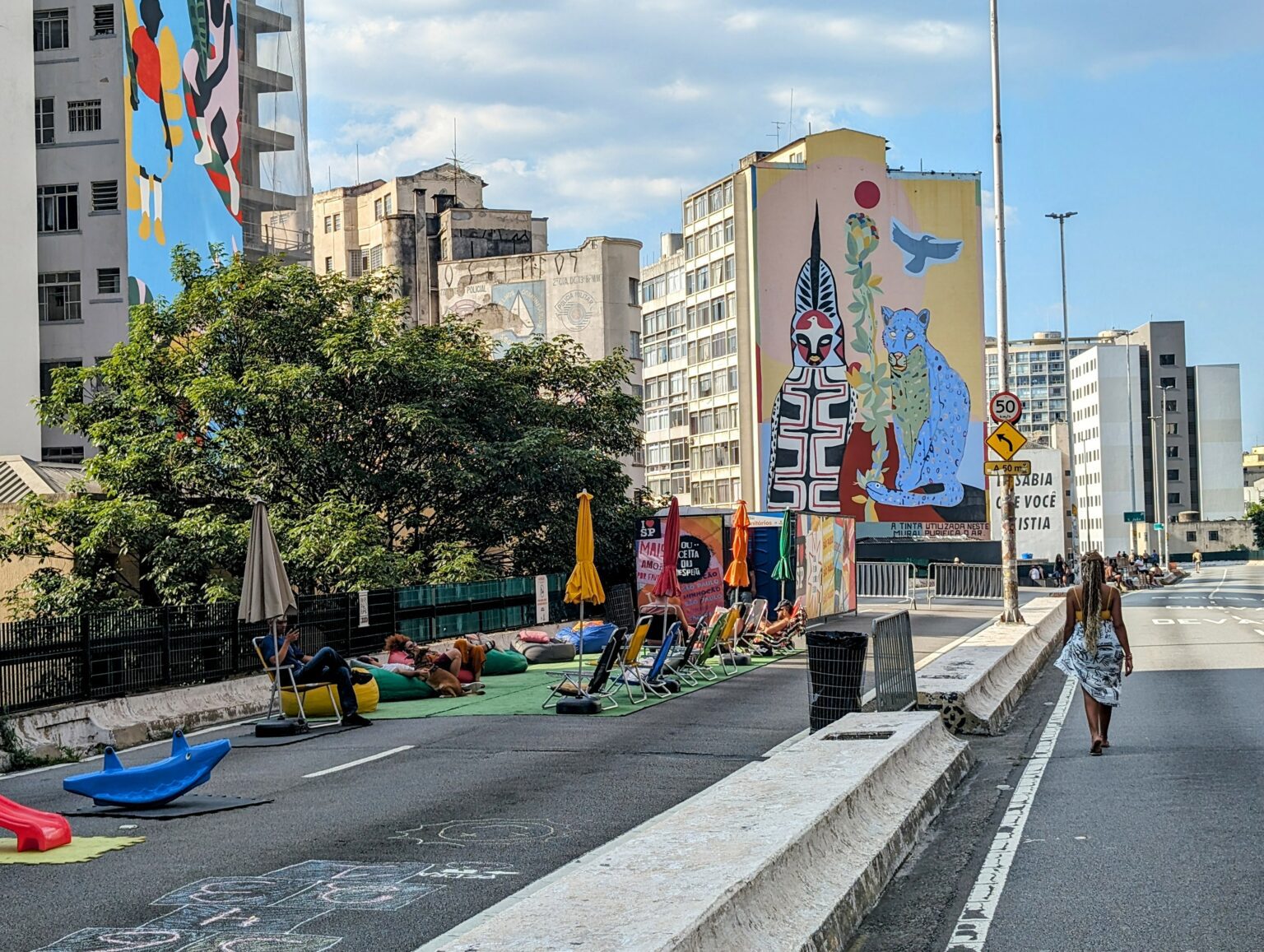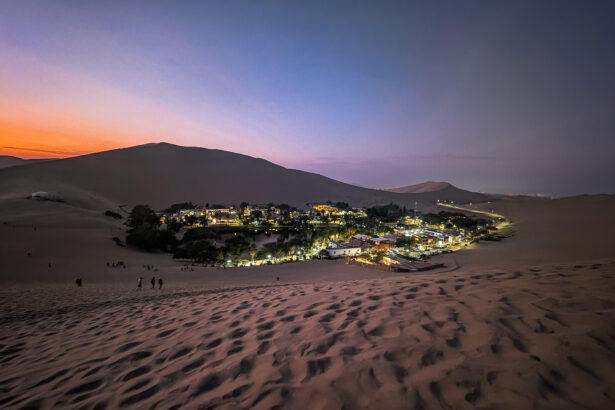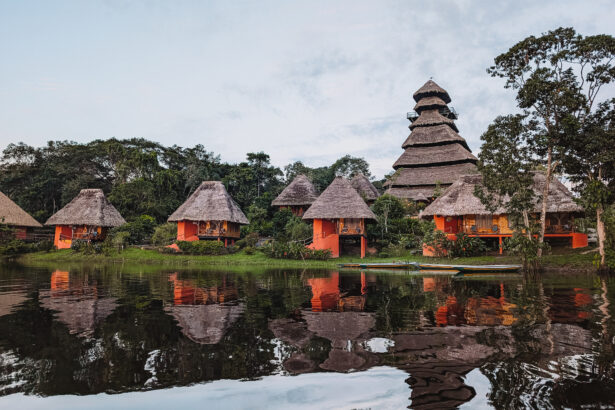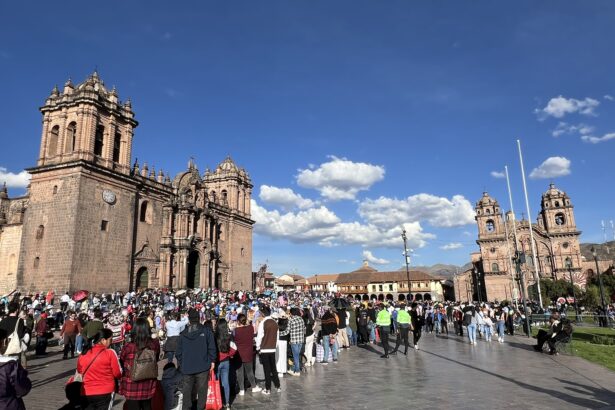Sao Paulo is the fourth largest city in the world and the largest outside of Asia. Yet, it does not always get recognized as a major tourist destination in Brazil. (We understand that it’s hard to compare an urban metropolis to the uniqueness of Rio de Janeiro.) However, the Sao Paulo culture can definitely stand on its own, making it worth a visit if you enjoy large cities. Here are the top things to do in Sao Paulo which can be explored over 2 or more days.
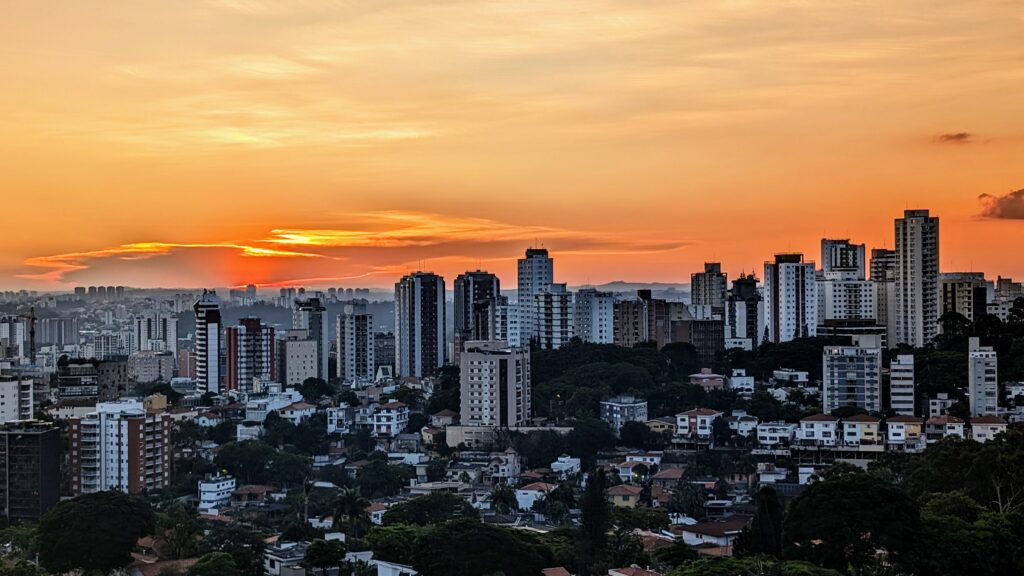
Sao Paulo is the economic center of Brazil. It attracts people from all over the country and world for its opportunities. In the 1800s the coffee industry attracted international immigration and first brought wealth to the city. Today, Avenida Paulista, the business district, is just a small part of the tall buildings that occupy this city. Because of its immense population, Sao Paulo has skyscrapers for as far as the eye can see when you get to the top of one of its towers.
1
A Walking Tour of the Old City
When visiting a new city, we always recommend doing a walking tour of the city center to get a grasp on the history and culture of the city. Sao Paulo Free Walking Tour provides a comprehensive tour of the city center. This part of Sao Paulo is full of buildings with character, including the Theatro Municipal, the main theater in Sao Paulo. The building was built to bring larger operas to the city when it became more of an economic epicenter.
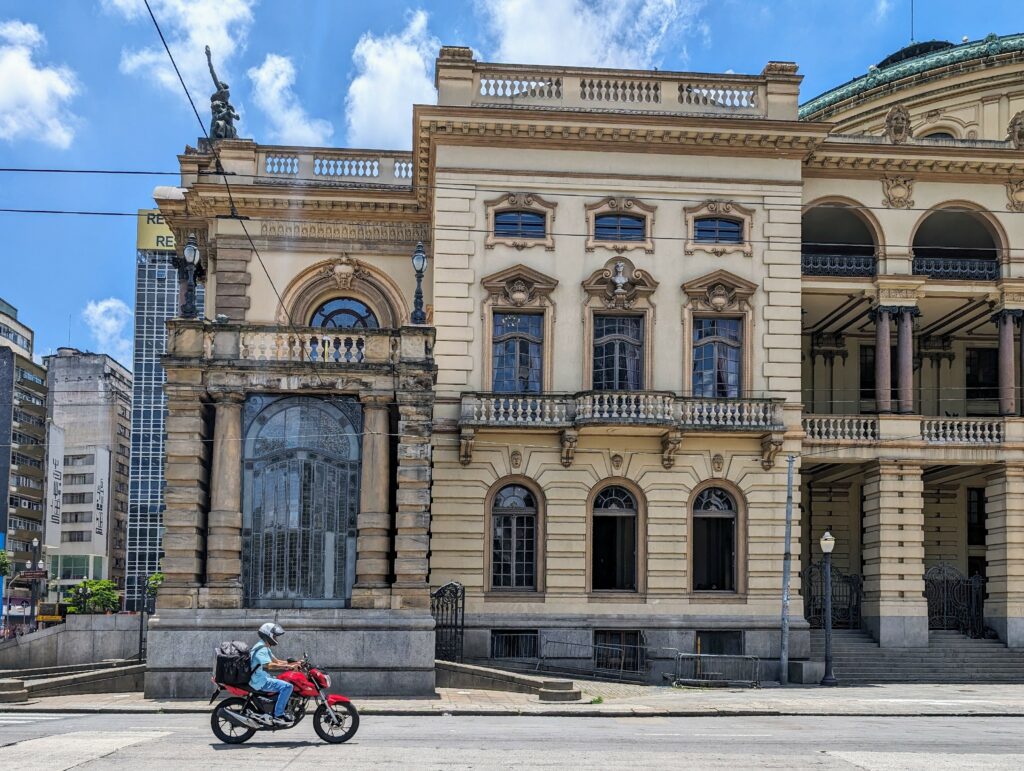
You’ll walk by the Edificio Copan, one of the largest apartment buildings in the world. It has over 1,100 apartments ranging from studios to 3 bedroom units. Oscar Niemeyer designed the building to accommodate families of a variety of socio-economic statuses. The building includes 70 retail/business locations to support the immense number of residents, creating its own mini-neighborhood. The building is so large that it has its own zip code.
Restaurant Recommendation: Orfeu
Orfeu, located at the base of this building, is a modern Brazilian restaurant that takes the traditional Brazilian food and puts a modern twist on it. Not only is the food delicious, but the energy of the area is infectious with people hanging out in the alley between the buildings and chatting into the evening.
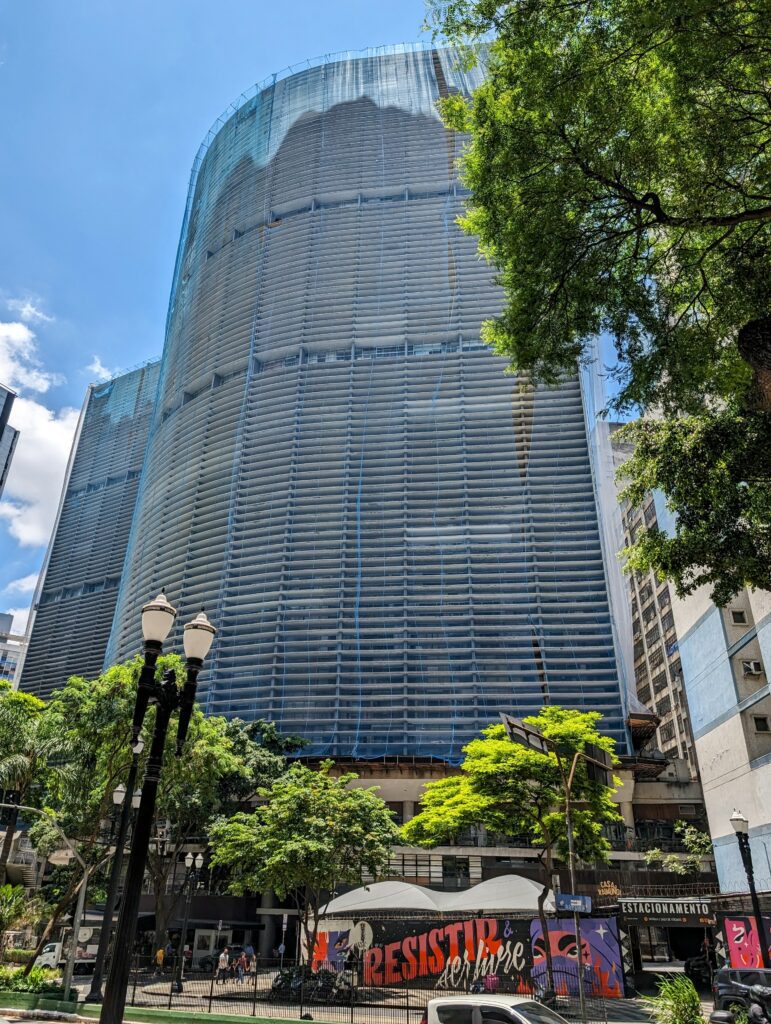
In addition, you will see the buildings on Rua Quinze de Novembro, some of which used to be bank buildings. And you can determine this by the old fashioned safety deposit slot that was used exclusively for Sao Paulo elite when they needed to deposit money after business hours.
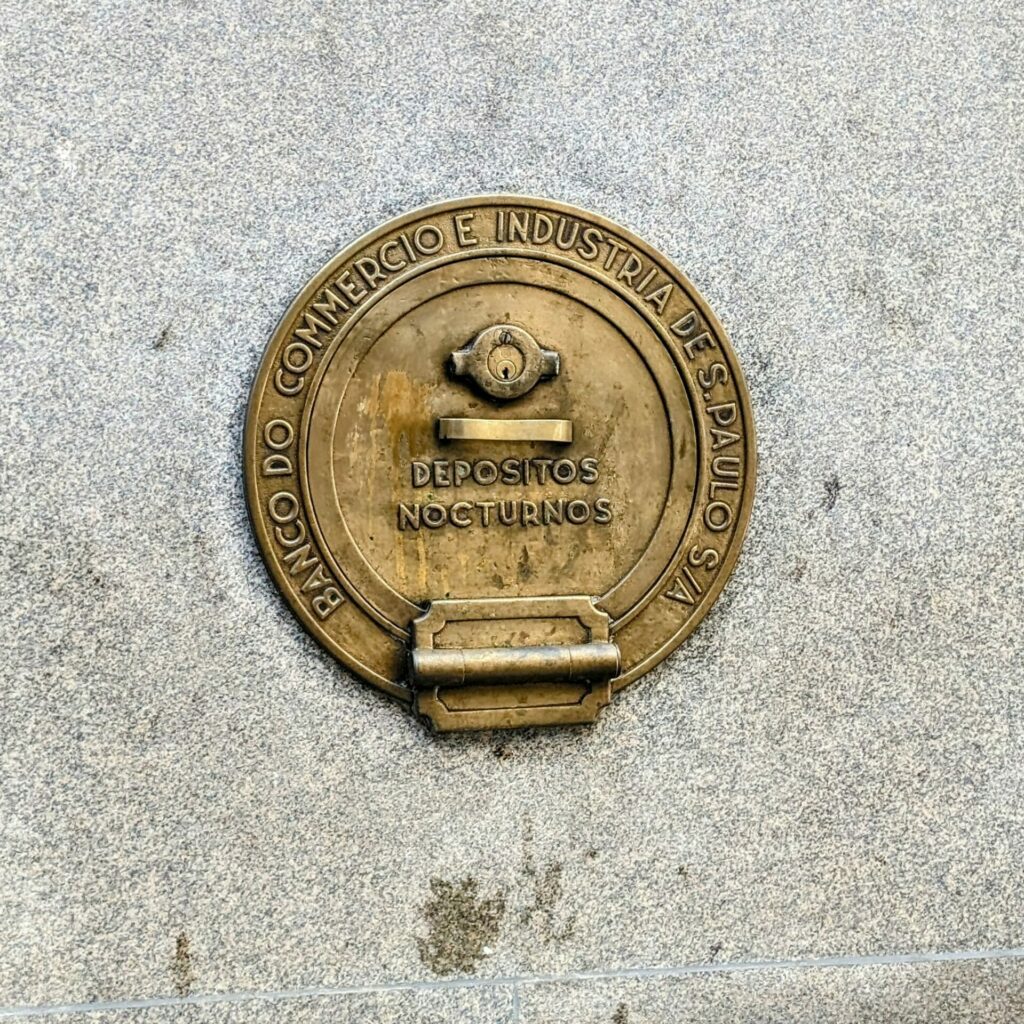
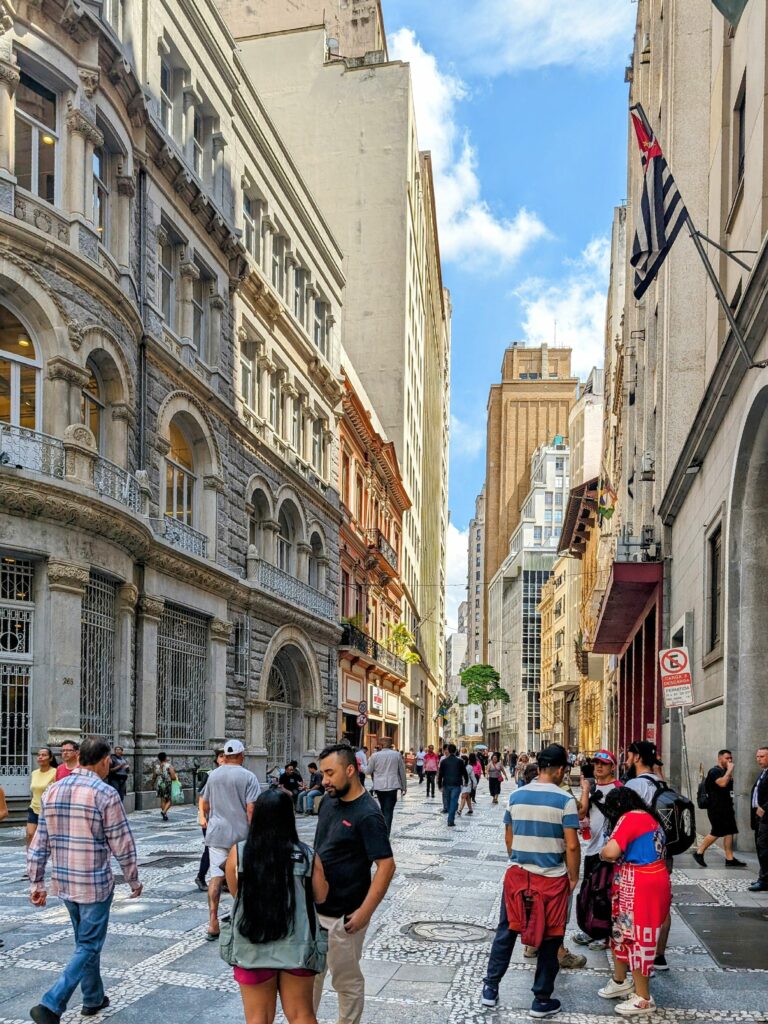
Finally, the tour ends at Mosteiro de Sao Bento, which is still operating as a monastery and a church. In Europe, the monks at monasteries brewed beer and baked bread (some of the oldest beers come from these monasteries). This monastery is no different. At the shop at the entrance of the church, you can buy the bread and beer produced by the monks.
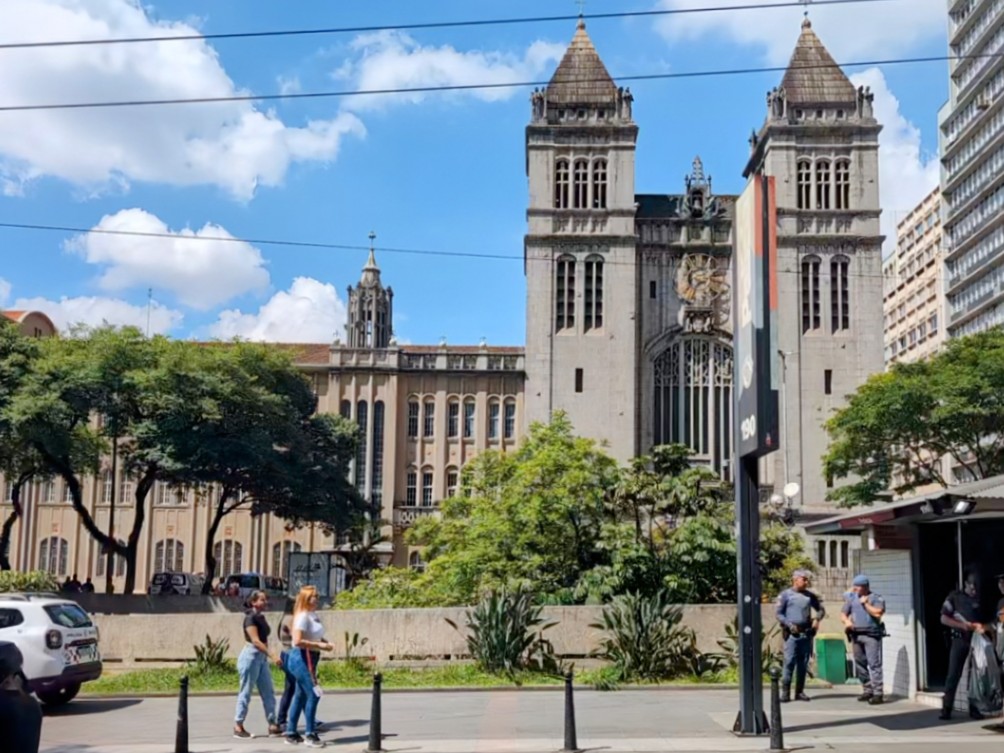
The company has a few other tours that can take you through some other interesting and popular neighborhoods. These include Vila Madalena, Ibirapuera Park, and Paulista Avenue. You can learn more at their website here.
2
Head Up the Farol Santander Building
Head up to the top of the Farol Santander, a former bank building that has been transformed into a cultural center. Visiting the top of this tower is one of the best things to do in Sao Paulo and getting above the buildings puts into perspective the true size of the city. Once you are on the top floor you will have a 360 view and be able to see the high-rises of Sao Paulo stretching in every direction.

Other floors in the building have some museum elements and even a skate park. (You can rent skateboards if you want to use it.) Finally, the basement has a cocktail bar that has been built into the vault of the bank. You can walk through vault doors and see the former safety deposit boxes integrated into the design of the bar before enjoying a drink in this unique setting.
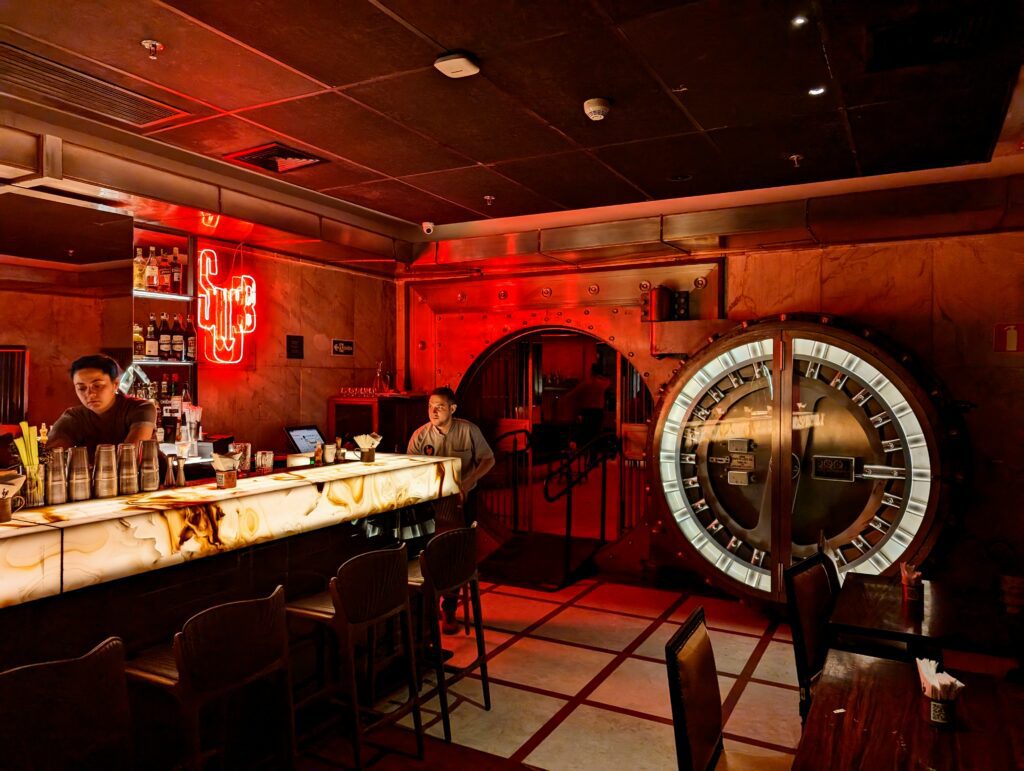
3
Beco do Batman (Batman Alley) and Pinheiros
Even though Sao Paulo is full of skyscrapers, it is far from being only a concrete jungle. Everywhere you look in the city, you can find murals that celebrate the culture of the area.
Batman Alley is located in the Vila Madalena neighborhood. It’s a pedestrian street that is known for its murals covering every inch of every building. It is often lined with art vendors, and you can find some musical street performances on the weekends. You may find the street relatively quiet and empty during the week but still nice for admiring the murals. However, it can be much busier on the weekends and a great place to appreciate the social life of this part of Sao Paolo.
This area is one of the best for tourists. You can check out various hotels for Sao Paulo here.
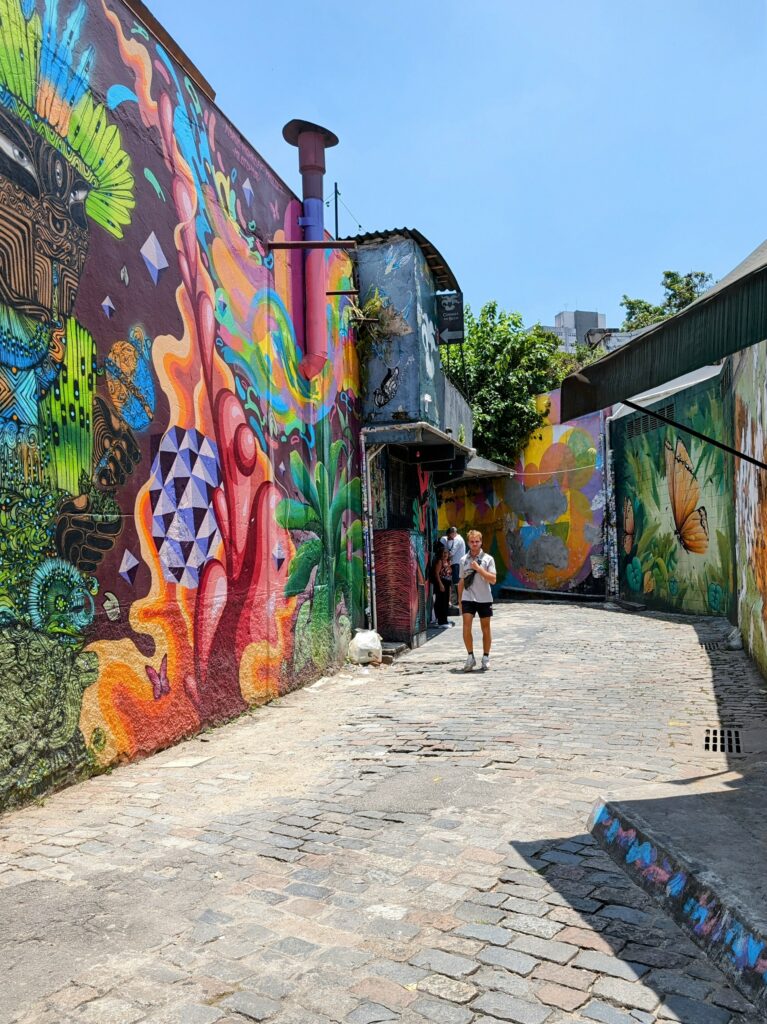
Beco do Batman is located within the Pinheiros neighborhood of Sao Paulo. This is one of the most popular neighborhoods in Sao Paulo and a great place for tourists to stay during their visit for a more residential feel. The neighborhood is full of street art, art galleries, cafes, hip bars, and modern restaurants.
Restaurant Recommendation: Kotori
Kotori is an elevated izakaya restaurant (serves smaller dishes along with drinks, similar to a pub or Spanish tapas spot) with different small plates, skewers, and their specialty, a take on French toast.
Restaurant Recommendation: Canto Madalena
Canto Madalena serves local Brazilian cuisine, such as a hearty meal of Baião-de-dois. You may also be pleasantly surprised with a local band adding to the ambiance.
4
Minhocao Highway
Minhocao Highway is an elevated thoroughfare through the center of Sao Paulo. In the evenings and on weekends, it is closed to cars and opens up for pedestrians to try to revive the urban landscape. It is between Roosevelt Square (Praça Roosevelt), and L. Padre Péricles, where the highway changes to Av. Francisco Matarazzo. We recommend going on weekends during the daytime when people are around and avoiding the evenings for safety reasons.
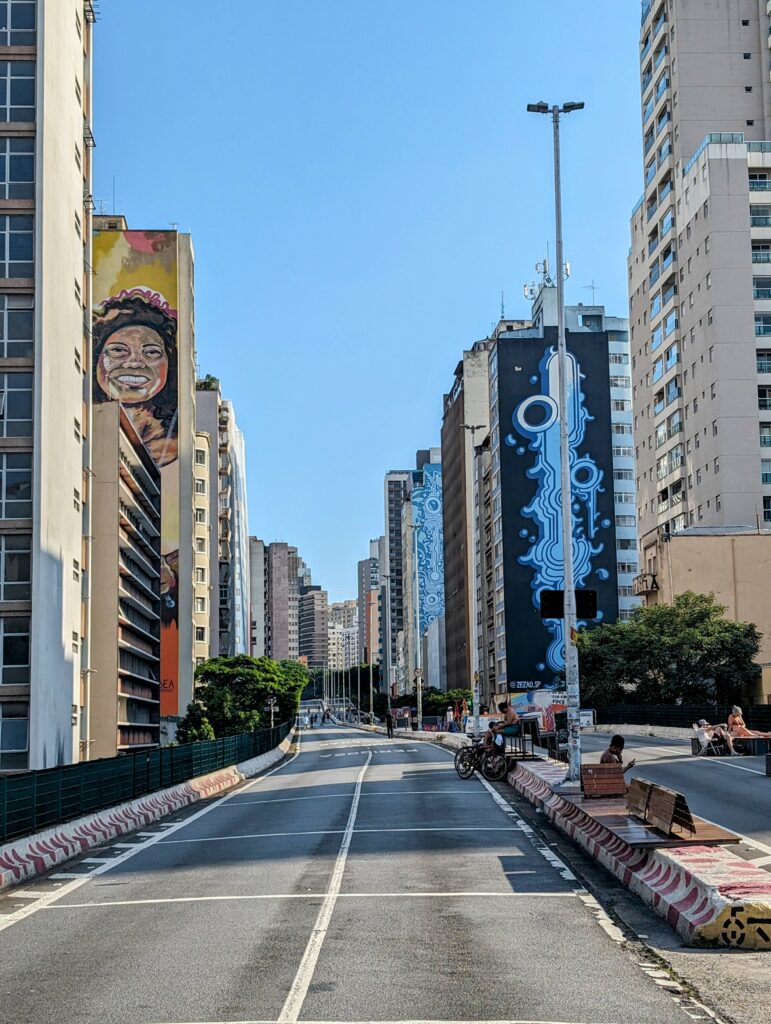
As you walk down the highway, you will feel small due to the scale of the buildings around you. Most importantly, you will see the giant artwork painted on the facade of many of the buildings. The artwork highlights the populations that have been oppressed in the region. It’s a powerful statement by the city to elevate this experience for the community and feature the story of these communities.
5
Museu Afro Brasil and Parque do Ibirapuera
Sao Paulo is a mixture of many different cultures because people have been coming here for economic opportunities since it was a center for coffee plantations in the 18o0s. Before that there was a major indigenous population and a significant African population that were forced into slavery in Brazil. All of these diverse groups have combined to influence the Brazilian culture and make it into what it is today.
The Museu Afro Brasil is located within Parque do Ibirapuera, the main park of Sao Paulo. It is a vitally important and powerful museum that tells the story of the African influence in Brazil. It includes the harsh reality of slavery and explains the Black experience in the country today. Most of the museum is in Portuguese, making it a little challenging for those who don’t speak the language. However, if you have cellphone data, you can use the Google Translate camera tool to translate the signs throughout the museum.
The information is overwhelming and dense. Every sign has so much insight and value. After spending time in the museum, you have a better idea how the culture of today connects to the historical Black culture, from food, religion, music, clothing, etc.
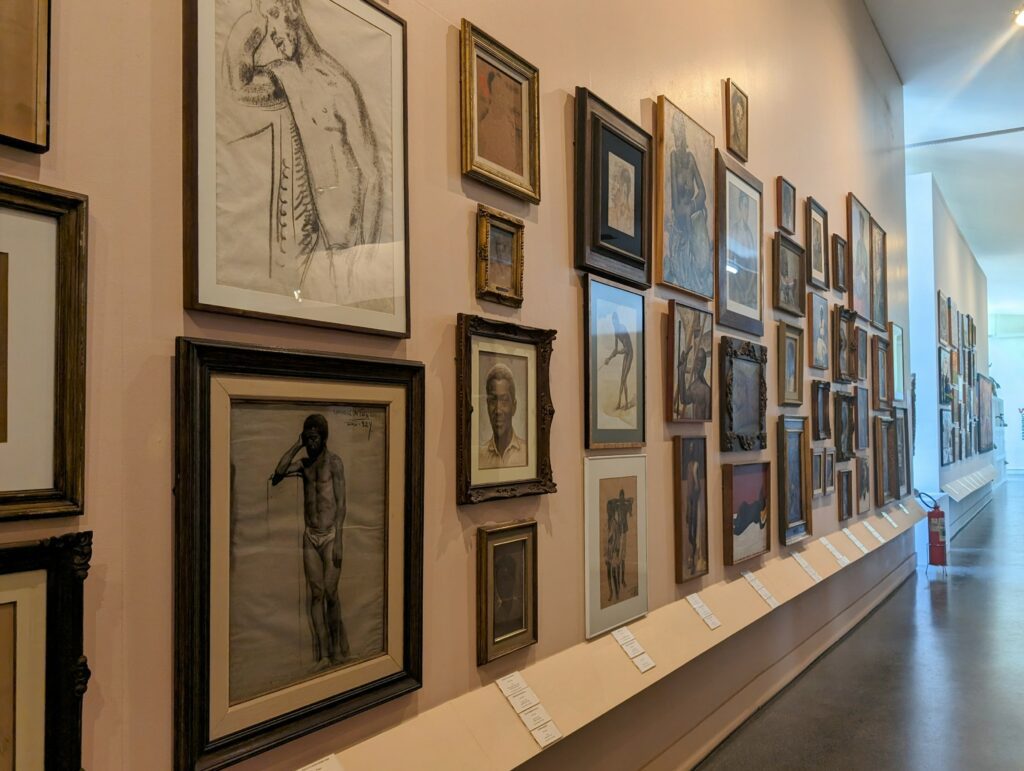
The most powerful room of the whole museum was the one about slavery and puts into perspective the horror that Black populations faced when coming to Brazil. Even without knowing Portuguese, you will be able to understand the magnitude of suffering that was experienced by this group.
Finally, the museum celebrates Black-Brazilian artists today and the exhibitions are worth visiting as well. This part of the museum helps to connect the historical aspects from the other exhibits to the displays of the art presented here.
6
The Liberdade Neighborhood
This neighborhood has a truly dark history when it comes to slavery but today, it is the location of Sao Paulo’s Japantown and visiting it is one of the best things to do in Sao Paolo. Sao Paulo has the biggest Japanese population outside of Japan and here you will find some of the best expressions of Japanese-Brazilian culture while walking around this neighborhood.

Start at Praca da Liberdade where you will find a small market. While walking down Rua Galvão Bueno, you will encounter numerous markets, stores, and street vendors with Japanese goods. While you are visiting Liberdad you can take the opportunity to eat some delicious and fresh sushi. If you don’t like sushi, there are also Izakaya and Ramen restaurants as well.
Restaurant Recommendation: Sushi Kenzo
This is an a la carte sushi restaurant with fresh, simple, and delicious sushi.
This neighborhood is just one example of the international food culture that you can find within Sao Paulo. There are so many cultures that you can explore within the city, and the culinary offerings are truly incredible. An entire trip to Sao Paulo could be made just to sample the food and drinks of this enormous city.
7
MASP (São Paulo Museum of Art)
The Sao Paulo Museum of Art is one of the premier museums of Brazil. It is also an architectural landmark within the city of Sao Paulo. While it does have a collection of European art, it is most well known for its collection of Latin American art. This is considered one of the best collections in the world with a strong highlight on Brazilian art.

